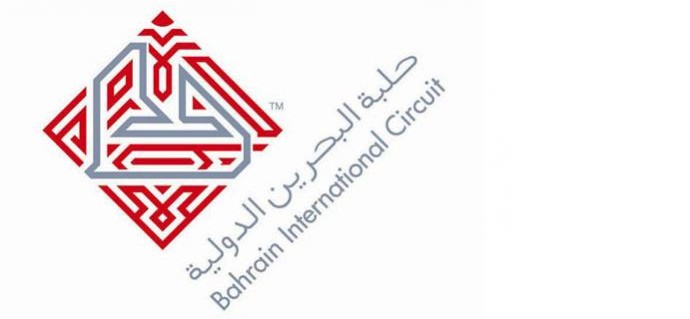The Kingdom of Bahrain
On 29th September, the FIA World Endurance Championship will be calling in to Bahrain, an archipelago of 33 islands situated in the Persian Gulf: in Arabic ‘al-bahrayn’ means ‘the two seas’. With a large part of its income coming from the petroleum industry, first discovered in 1932, the Emirate which became a Kingdom never stops seeking to diversify its economy, anticipating the depletion of its resources of the black gold.
Independent since 1971, the Kingdom can trace its origins back to the Dilmun civilisation in the Bronze Age, which flourished from 3 200 to 300 BC through trade in copper from Oman. The Qalat al Bahrain, a fort dating from this period, is part of UNESCO’s World Heritage List, as is much on this Road of Pearls.
Indeed, Bahraini pearls have a unique colour and lustre thanks to their freshwater sources, some of which spring from the Persian Gulf, mingling with salt water and creating an ideal natural habitat for pearl oysters. It is through the pearl trade that Bahrain first prospered before the discovery of oil.
This desert land, which is subject to powerful sandstorms, has been enriched above all by the exploitation of black gold with, as its key, a high standard of living for its 1.2 million inhabitants, of which less than half are of Bahraini nationality. These people live in an area of 765 km², of which a sizeable area was reclaimed from the sea, the waters surrounding the islands being shallow. With a density of 1,646 inhabitants per km², Bahrain is the fourth most populated in the world, beaten only by city-states.
The population benefits from mild winters, but must put up with hot and humid summers, plus the sand storms which have before now disrupted track practice sessions at the Sakhir circuit, south of Manama. The construction of the circuit is an example of the authorities’ willingness to diversify the economy, recognising the inevitable tailing off of future oil revenues.
So, banking and financial sectors are growing very rapidly, as well as tourism thanks notably but not wholly to its ultra-modern shopping centres. In addition to its conservation areas Bahrain has many species of birds which attracts bird-watching enthusiasts, and scuba-divers are able to enjoy the area’s shallow sea-beds.
Visitors will soon be able to admire the longest bridge in the world, the Friendship Bridge, which will link Bahrain and Qatar: a huge project with a span of 40 kilometres, while another – The King Fahd Bridge – connects the Kingdom to Saudi Arabia. All in all, an infrastructure that motorsport fans will perhaps be able to take advantage of in order to get to the Sakhir circuit where the 6 Hours of Bahrain will take place on 29th September.
Fiona Miller



